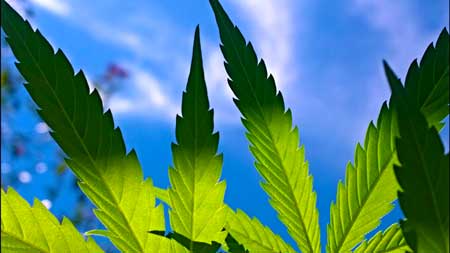I need help with making a soil mixture if anyone could lend someone with special needs a hand. I've read a couple of books, and wanted to do a TLO (true living organics) grow with these ingredients;
Worm compost or fish enzymes
Rice hulls
Dolomite lime
Mycorrhizal fungi
Alfalfa
Dried kelp
Oyster shells
Azomite and humic acid
I need help with understanding what measurements I need to make this work. I could be reached on Discord as Flipfloptothetop#3206 (cap sensitive). I appreciate all the help!
Worm compost or fish enzymes
Rice hulls
Dolomite lime
Mycorrhizal fungi
Alfalfa
Dried kelp
Oyster shells
Azomite and humic acid
I need help with understanding what measurements I need to make this work. I could be reached on Discord as Flipfloptothetop#3206 (cap sensitive). I appreciate all the help!





Comment